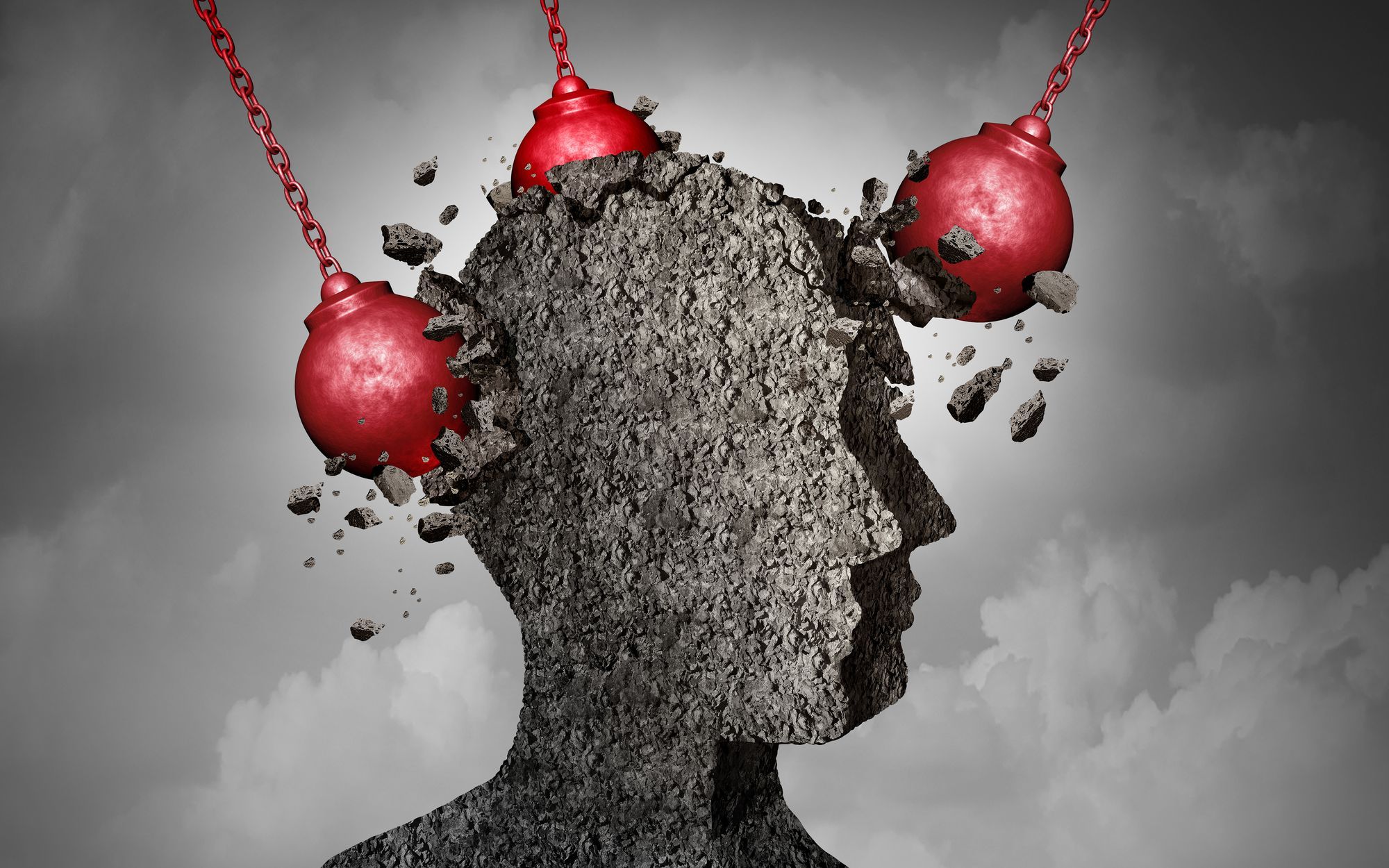The story shared in this article is one of the most poignant stories of the many that have appeared in Construction Executive since this publication began covering mental health, substance misuse and suicide prevention in 2015. This article stems from hearing first-hand the personal story of a construction leader telling the effects of traumatic brain injury (TBI) to his young adult son. The father is Dr. John Gaal, a respected construction educator and safety and wellness practitioner who subsequently devoted time and energy to increase understanding of TBI. Sadly, his son, John, Jr. ultimately lost his life to suicide after suffering the effects of traumatic brain injuries sustained from multiple concussions while playing high school football and soccer in 2009-10.
A study conducted by Dr. Ann McKee’s research team at the CTE Center at Boston University along with the Concussion Legacy Foundation determined—as John Sr. had suspected—his son’s brain showed chronic traumatic encephalopathy (CTE), a progressive degenerative disease of the brain. To date, CTE can only be diagnosed posthumously in people with a history of repetitive brain trauma. As John learned more about TBIs, he became convinced that this may soon become a major source of concern—with respect to the rising rates of suicide—in the construction industry.
Risks of TBIs in the Construction Industry
Current workers
According to the Centers for Disease Control and Prevention1, approximately 150 people die each day from the effects of TBI. A 2009 study noted “…that greatest number of serious work-related injuries involving a TBI were in the construction industry.” 2 In fact, the group with the highest TBI occurrence was those in the 25-34 age range. More than 50% of these injuries were experienced in the mornings. Public health researchers suggest that shorter and/or irregular sleep patterns were associated with younger (single) adults working full time.
Future workers
Over the past decade, construction companies have been faced with an impending skilled worker shortage.3 Some progressive firms worked with employer associations to develop recruiting programs like the NCCER’s Hard Hat Heroes4 program to actively recruit Veterans transitioning from active and reserve duty. The Associated Builders and Contractors (ABC) continues to be a supporter of this program.
In addition to Veterans, another targeted group of seemingly ready and willing recruits for construction careers are ex-college (and high school) athletes in in “collision” sports (i.e., football, soccer, hockey as opposed to other contact sports) with exposure to TBI. Why? Because the people within each of these groups understand the meaning of hard, physical work (as well as exposure to hot and cold weather), chain of command, and working towards a goal.
Unfortunately, there remains another common factor in these two sub-populations — potential for prior head and brain injuries. There is potential for undiagnosed TBIs that may seem harmless today but should serve as a future concern for these impacted individuals, their families and co-workers.
Consequences of TBIs
Medical research shows growing concerns with the outcomes of TBIs that affect the overall quality of life. For example, Hart and Cicerone5 proclaim, “Mood swings and emotional lability [happy/sad emotional roller coaster] are often caused by damage to the part of the brain that controls emotions and behavior.” Furthermore, they insist that there may be no specific incident that triggers a sudden emotional reaction. Therefore, “Counseling for the family [crew] can be reassuring and allow them to cope better on a daily basis.”
Accordingly, Amidon and Lu6 stress when it came to a study involving veterans, more than 80% surveyed, “…believe that three factors pose significant barriers to veterans seeking care; these are embarrassment (or shame), lack of family [crew] understanding, and negative repercussions in the workplace” (p. 6). Amidon and Lu further note, “Studies of traumatized populations have shown that untreated—or inadequately treated—invisible wounds can lead to longer-term negative consequences and lower quality of life (e.g., lost employment, homelessness, domestic violence, family dissolution, substance abuse, and suicide)” (p. 3).
Iverson7 claims, “Depression is a prominent risk factor for suicidal ideation and behavior.” However, it is important to state that Iverson contends the scientific assumptions that suicide is caused by the neuropathology of CTE is inconclusive. Yet, data from the CDC (2019) reveals a 45% increase of total intentional TBI-related deaths by suicide from 2000-02 (11,909) to 2015-17 (17,236).
TBI Prevention Strategies for Contractors
The importance of preventing head injuries continues to be a focal point of physical safety programs. Contractors are encouraged to expand prevention efforts, such as the following representative initiatives:
- pre-planning to improve fall prevention safety through design of engineering systems;
- inspecting fall arrest systems and personal fall protection devices;
- ensuring proper tie-offs for ladders and for anchor scaffolding systems to reduce fall exposures;
- enforcing proper footwear to reducing exposure to slips, trips and falls on uneven or slippery surfaces;
- providing proper coverings for floor and wall openings;
- tethering of tools and/or installing perimeter safety netting or barriers to minimize falling object hazards striking workers below;
- requiring operator/driver restraint safety belts for all mobile equipment and vehicle usage; and
- inspecting rollover protection systems (ROPS) and cage protection on cabs of mobile equipment.
Many contractors are evaluating new available helmet-style hard hats with chin straps and added foam padding to reduce the effects of side and top impacts. Moreover, many contractors are implementing “ladders last” safety policies to reduce falls. Likewise, as TBI research continues to expand, greater knowledge and understanding is expected to lead to recommended post-incident response for the assessment and treatment for known or suspected trauma to the head occurring in the workplace.
For more information about concussions and TBI, contact TBI/Concussion | Brain Injury Association of America and the Brain Injury Association of America.






